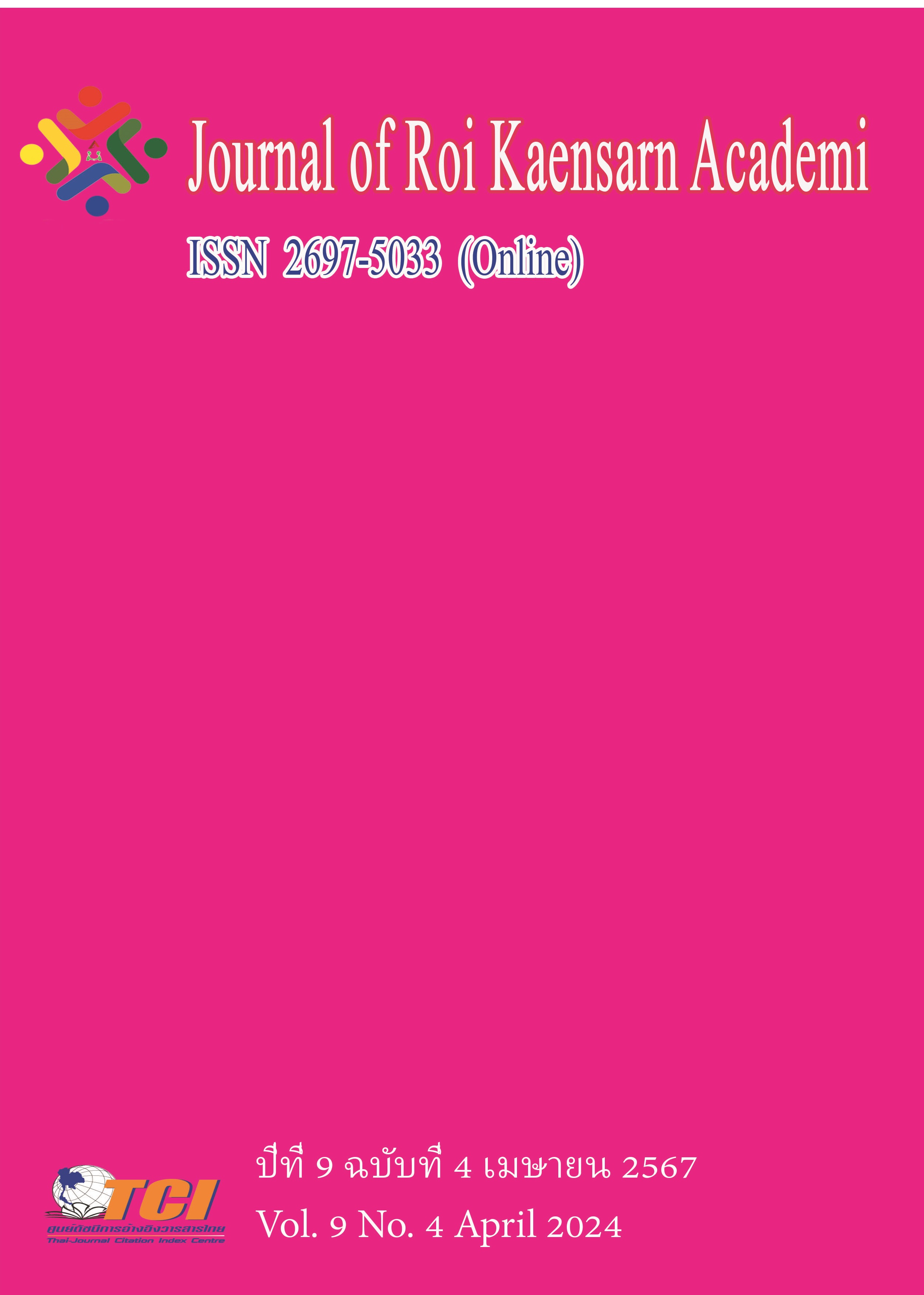The Use of Lion Culture in Painting, Sculpture, Literature, Religion, Mythology
Main Article Content
บทคัดย่อ
This paper adopts literature research method and online media observation method, through the study of lions on the world's influence on the five ancient civilizations and China's 10 historical periods of important records, the lion animal into the production of human life, and human civilization in contact with the human being is given a specific meaning and the formation of symbolic symbols. This paper is a case study of the major civilizations of the world, and the records of lion paintings, sculptures, literature, religions, and myths from the Han Dynasty to the Ming and Qing Dynasties in China through the literature of CNKI. This paper focuses on three main aspects. 1. The history of the development of different civilizations living in the world, and the local people gave new meanings to it. 2. The lion culture has experienced a development from the west to the east and from the south to the north. And with the historical development of the civilization, the country's integration and interpretation of the new symbols, spiritual meaning (including). 3. Eastern China since the introduction of the lion in trade and religion, after two thousand years of development of the formation of a specific cultural attributes of lion. This paper uses data collection from online and offline questionnaires, and after analyzing the method of SPSS.
Through the study of important records of 5 civilizations in the world and 10 historical periods in China, it is concluded that Lion culture has been shown and converted into a symbolic symbol of public power, Public Power (2P), by human beings using religion, art, painting and sculpture. It has facilitated the exchange and development of lion culture in human civilization in painting, sculpture, literature, religion and mythology.
Article Details
เอกสารอ้างอิง
He, T. (2020). From the perspective of ancient stone lion sculptures, looking at the prevalence of Chinese lion culture. Yanhuang Geography. (05), 64-67.
Li, Z. (1980). A preliminary exploration of the origin and development of Chinese lion sculptures. Social Science Journal. (01), 110-119.
Wang, W. (2016). Discussion on the culture of Chinese lion carving. Art Appreciation. (04), 319-307.
Yang, G. (2020). The evolution of Chinese lion culture. Journal of Ningbo College. (04), 76-80.
Zhao, J. (2020). The gift of Samarkand: a study of Zhou Quan's "Lion Picture" – Also discussing misunderstandings in ancient Chinese lion images. Palace Museum Journal. (11), 91-106+111.
Zhou, X. (2004). Selection and reproduction in cultural integration - Taking Chinese lion sculpture as an example. Journal of SJTU (Philosophy and Social Sciences). (05), 76-80.
Zhang, S., & Ping, L. (2019). Overview of the artistic characteristics of northern Chinese stone lion sculptures. Art Education Research. (08), 25-26.

